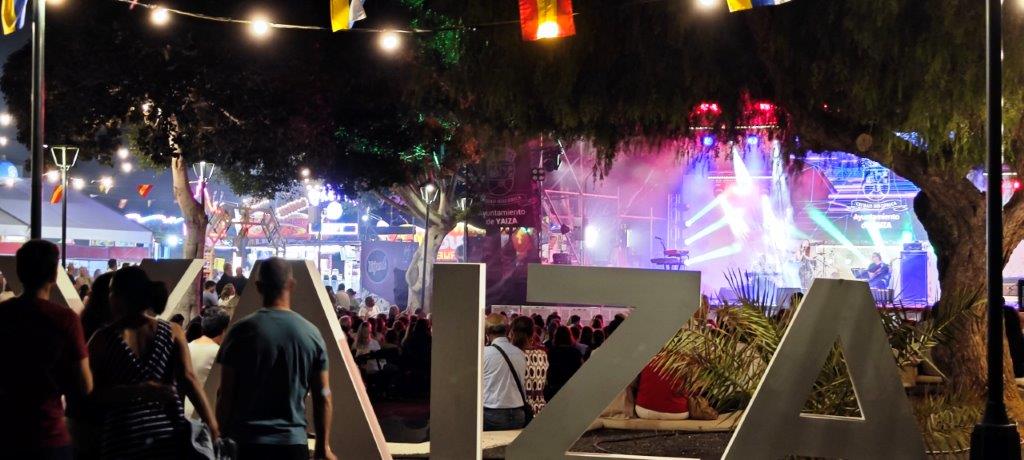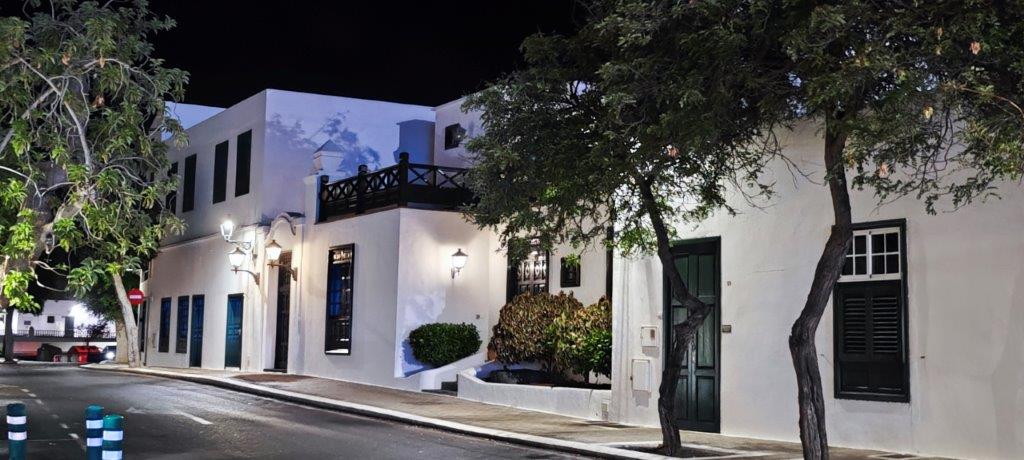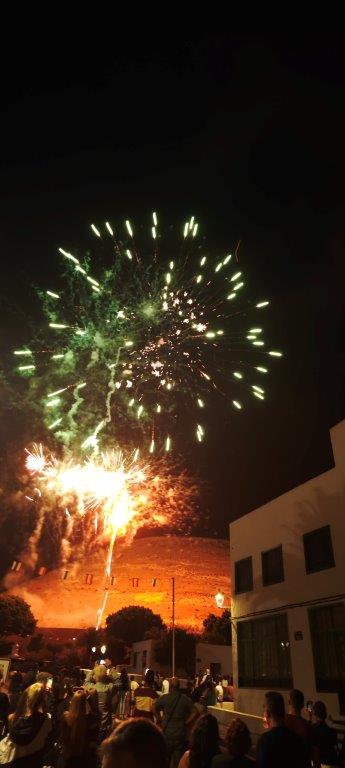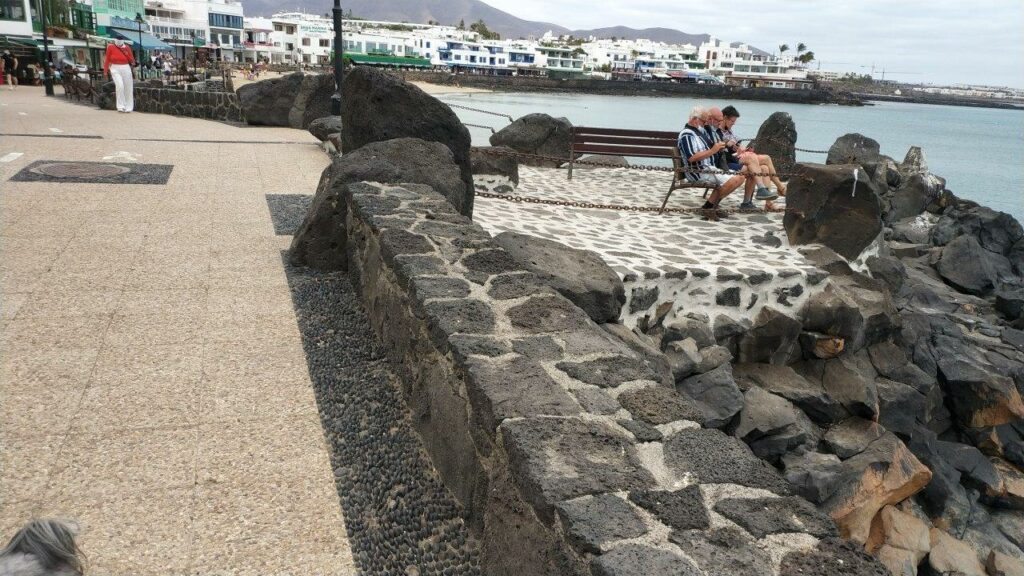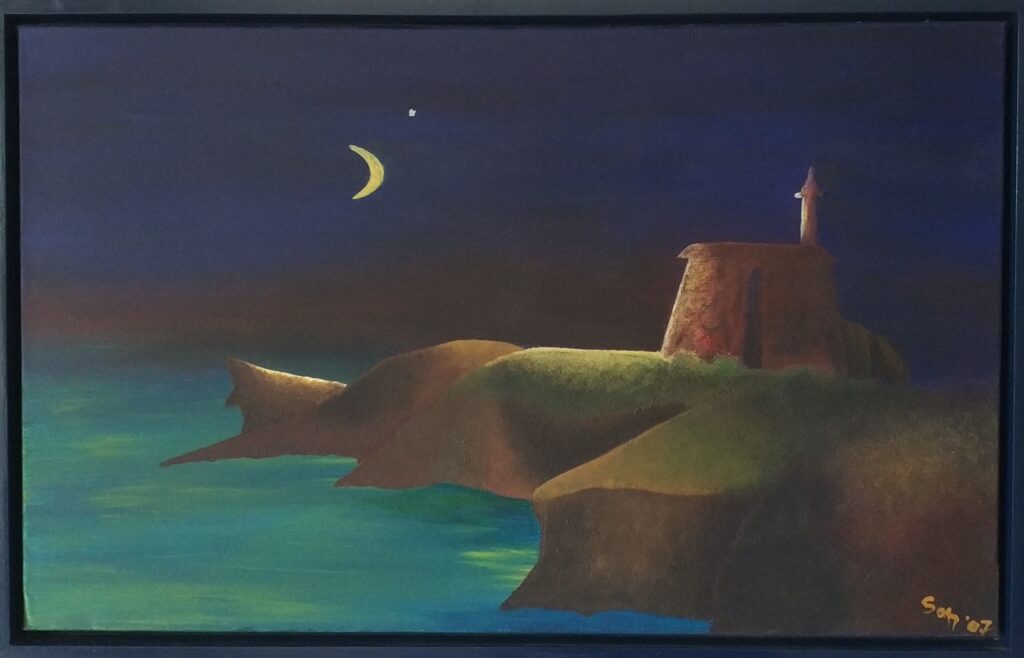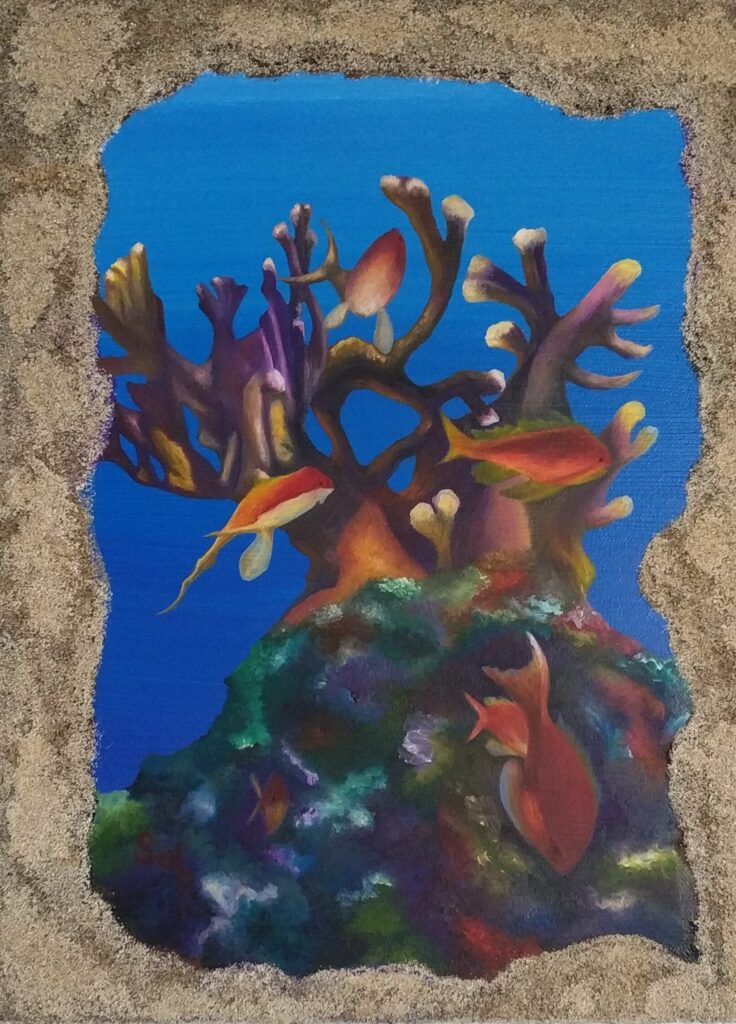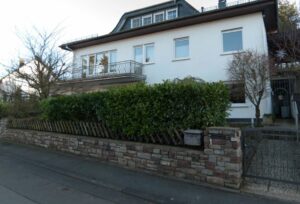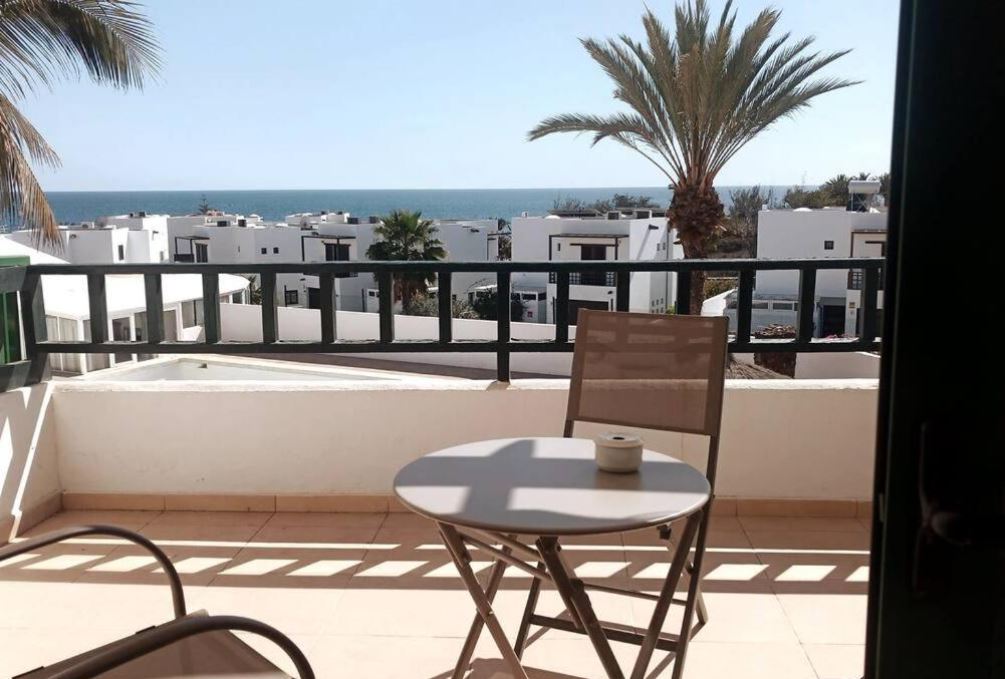Yaiza ist ein malerisches Dorf im Süden von Lanzarote, das für seine traditionelle Architektur und seine blühenden Gärten bekannt ist.
Yaiza wurde bereits zweimal zum schönsten Dorf Spaniens gewählt und bietet seinen Besuchern einen Einblick in das authentische kanarische Leben und liegt am Rande des Timanfaya Nationalparks, wo man die beeindruckende vulkanische Landschaft bewundern kann.
In der Nähe von Yaiza gibt es auch andere attraktive Orte wie Los Hervideros, El Golfo oder den Parque Natural de los Volcanes.
Yaiza hat außerdem zwei moderne Jachthäfen, Puerto Calero und Marina Rubicón, wo man frischen Fisch und lokale Spezialitäten genießen kann und Yaiza ist auch ein idealer Ort für alle, die Ruhe, Natur und Kultur suchen.
Zu den kulturellen Highlights von Yaiza gehören:
- Die Kirche Nuestra Señora de los Remedios, die im 17. Jahrhundert erbaut wurde und einen interessanten Kontrast zwischen dem weißen Gebäude und dem schwarzen Lavaboden bildet. Die Kirche beherbergt eine wertvolle Statue der Schutzpatronin des Dorfes, die jedes Jahr am 8. September gefeiert wird.
- Das Museum für Salzgewinnung Salinas de Janubio, das sich in der Nähe des größten Salzsees der Kanarischen Inseln befindet. Das Museum zeigt die Geschichte und die Techniken der Salzgewinnung auf Lanzarote, die seit dem 15. Jahrhundert betrieben wird.
- Das Kunstzentrum La Antigua Escuela de Yaiza, das sich in einem ehemaligen Schulgebäude aus dem 19. Jahrhundert befindet. Das Zentrum bietet wechselnde Ausstellungen von lokalen und internationalen Künstlern sowie Workshops und Konzerte.
- Die Festung San Marcial de Rubicón, die im 16. Jahrhundert errichtet wurde, um die Insel vor Piratenangriffen zu schützen. Die Festung ist auch der Ort, an dem der erste Bischofssitz der Kanarischen Inseln eingerichtet wurde. Jedes Jahr am 7. Juli wird hier das Fest des Schutzpatrons von Lanzarote gefeiert.
Yaiza ist also ein idealer Ort für alle, die mehr über die Kultur und Geschichte von Lanzarote erfahren möchten. Neben den kulturellen Attraktionen bietet Yaiza auch schöne Strände, malerische Landschaften und eine ausgezeichnete Gastronomie. Yaiza ist ein Dorf mit Charme und Charakter, das seine Besucher verzaubern wird.
